In 2006, I enrolled in a month-long intensive course to learn Teaching English as a Foreign Language at a language school in Prague, where a teaching position was promised to those who achieved the TEFL certificate. Once I started working, I found a small flat with just two rooms, a kitchen and living room with a futon, in a charming, older, centrally-located neighborhood called Vinohrady, a twenty-minute walk from the National Museum. Newly redecorated, it looked as though I lived in an Ikea showroom, with brilliant walls that could keep you awake at night: the living room chartreuse, the kitchen crimson.
The Vltava River winds through the city of Prague, effortlessly flowing like slow moving clouds. The older areas of the city hug its shores, the two halves tied together with bridges like laces hooked on a tall boot. An effective network of public transportation moves people in the metro or subway, the tram with its web of lines hovering over major streets, and buses filling in the gaps. My flat was near a metro stop.


Karlov Most, the Charles Bridge, the king of bridges, reigns in the center of Prague. Dark statues—historic, religious, artistic—mark its edges at regular intervals, watching over the multitude, blessing or threatening, peaceful or bellicose, some with golden halos, others with outstretched arms and knobby fingers; pigeons perched on their heads and streaked their shoulders, as if ridiculing their pompous poses. The bridge’s sturdy promenade was a lively place to walk, crowded with tourists, buskers and vendors; no cars allowed. Musicians played and stalls offered jewelry, postcards, t-shirts, beaded bottles and pillboxes, toy-sized pastel buildings, and miniature astronomical clocks. Beggars humbly knelt on the ground face down, seeking no eye contact, crouching at the feet of passersby, hat extended in outstretched arms. Local artists displayed photographs and watercolors; I was drawn to the ones of the bridge at dawn, when no one was around, the statues appearing in shadowy shapes obscured by fog. One morning, I was able to capture that image myself.


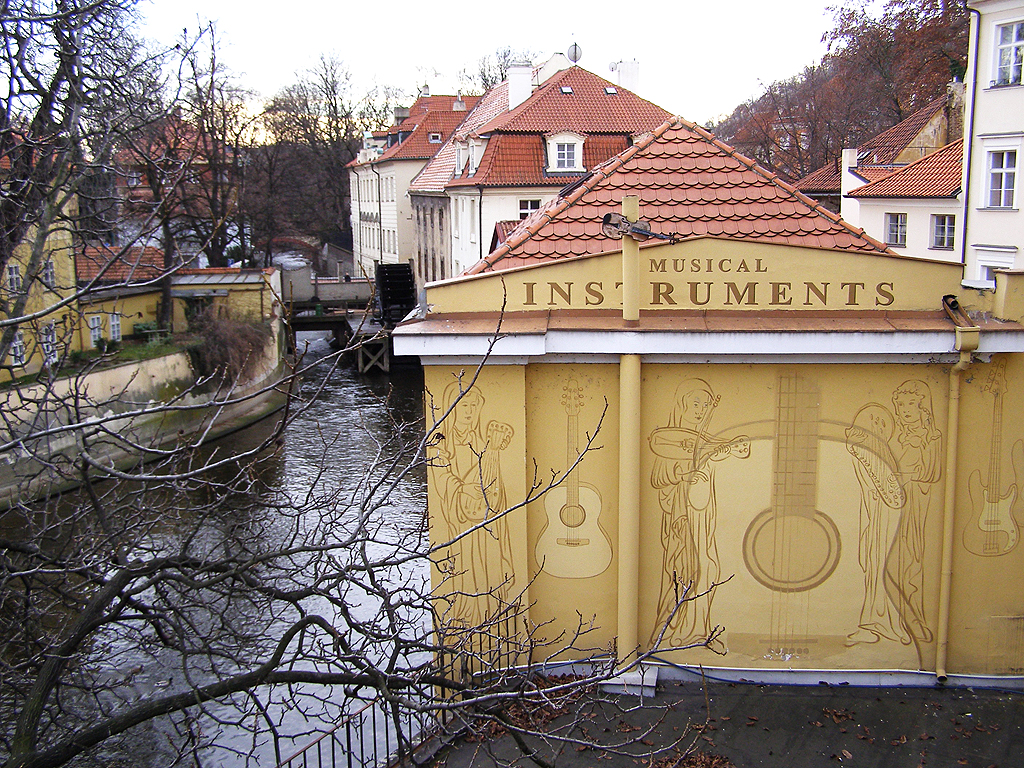



I often wandered the twisty streets lined with historic European architecture. Cobblestone streets and sidewalks winding in the canyons of ornate buildings in Staré Město, the Old Town quarter of Prague, opened up to the wide L shaped Old Town Square. Around one corner, marked by a crowd of tourists with uplifted faces, hung the famous astronomical clock, affixed to the Old Town Hall tower. A series of revolving overlapping circles in blue and gold represented the movement of the sun, moon, and planets, as they were understood when the clock was created five hundred years ago. A brown and gold circle underneath the clock depicted pastoral scenes, saints, and zodiac signs around a castle at the center. Symbolic figures—a skeleton, an angel, and others—stood by the disks, evoking the forces of life, the spirits that protect, threaten, guide. On the hour, two doors opened above the clock, allowing twelve beautifully carved apostles to emerge; they paraded by, each pausing to look out at the crowd below, who looked up at them, their faces rapt.
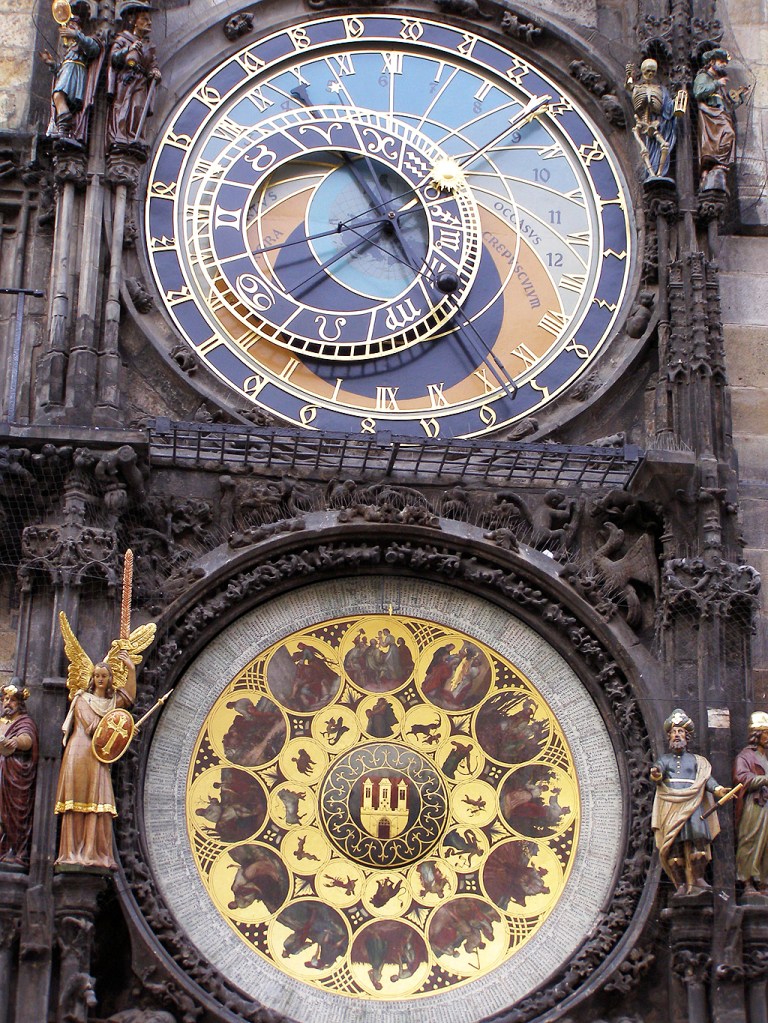
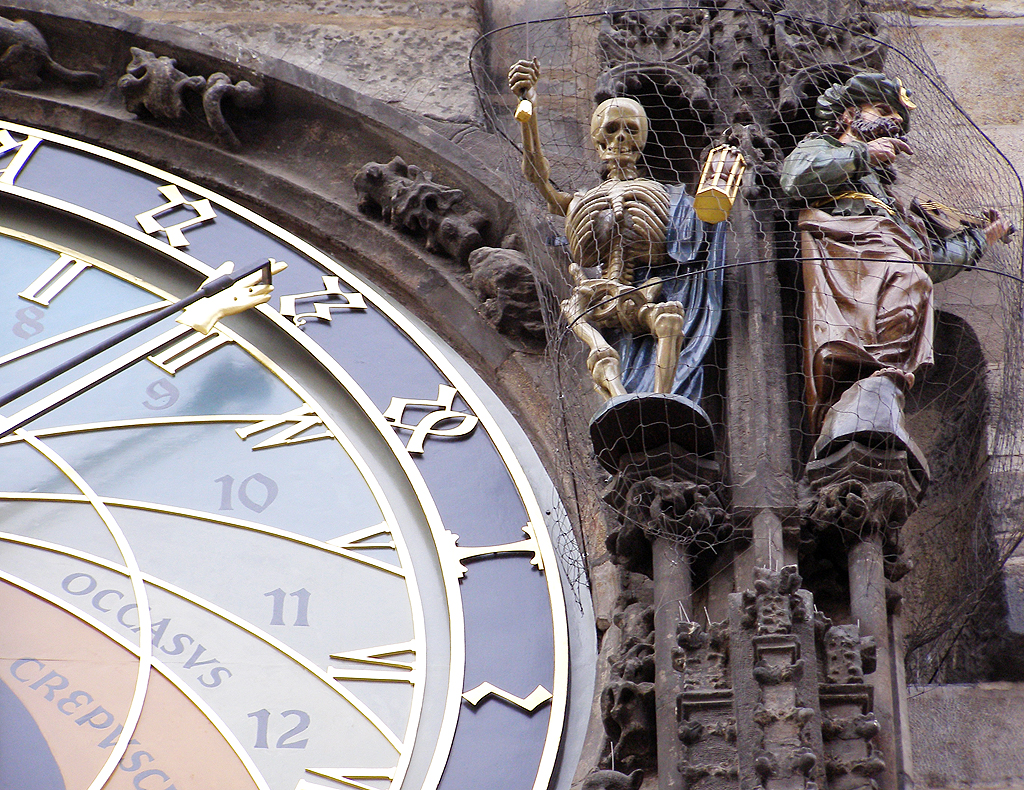
A spiral climb to the top of the tower revealed perhaps the most picturesque view of historic Prague, red roofs defining the curving streets, fading into the distance, towers and steeples poking up here and there. I thought of the quaint, adorable hamlets surrounding a toy train set and of the unseen lives in motion under all those roofs. The Tyn Church rose behind lower buildings in the square, its dramatic black towers looming, lit at night, looking like a foreboding apparition. A massive sculpture of Jan Hus, a Christian critical of the Catholic church, burned as a heretic in 1415, years before Martin Luther, dominated one end of the square, where tourists and lovers would sit on the steps of the monument, people-watching.


Wenceslas Square, a broad cobbled avenue, always full of people, has the feel of New York’s Fifth Avenue with an uphill slant. Stately structures house blocks of upscale department stores and restaurants. The grand National Museum sits at the top of the hill. A memorial cross embedded in the stone walk in front of the museum marks the place where, in 1969, at the end of the period known as Prague Spring, when a brief period of liberalization during the Communist rule ended in a crackdown by the Soviets, student Jan Palach burned himself in suicidal protest. A fresh single rose lay there whenever I passed by, to show that he was never forgotten, always honored. At either end are major metro stops, Muzeum and Mustek, the places to transfer between metro lines, a vast subterranean city crossroads I would frequent daily as I travelled between lessons, sometimes more than once a day.


Despite the exceedingly convenient transit system, Prague is a beguiling city for walking. It was easy to follow the tram lines or just wander down meandering streets. Green parks and welcoming squares graced every neighborhood. In the old parts of the city, every street was quaint and interesting, every building unique, sporting artwork, ornamentation, stone figures. The buildings were tall, like the Czech people, roof tops red and tiled or black and pointy, sculptures adorning tops of building and doorways, a fantasyland of European architecture spanning the ages with styles I couldn’t hope to identify. The streets of so many other European capitals seemed so busy and expansive in comparison. Prague was cozy, welcoming, comfortable, like an old piece of clothing, a little worn, but exactly right.
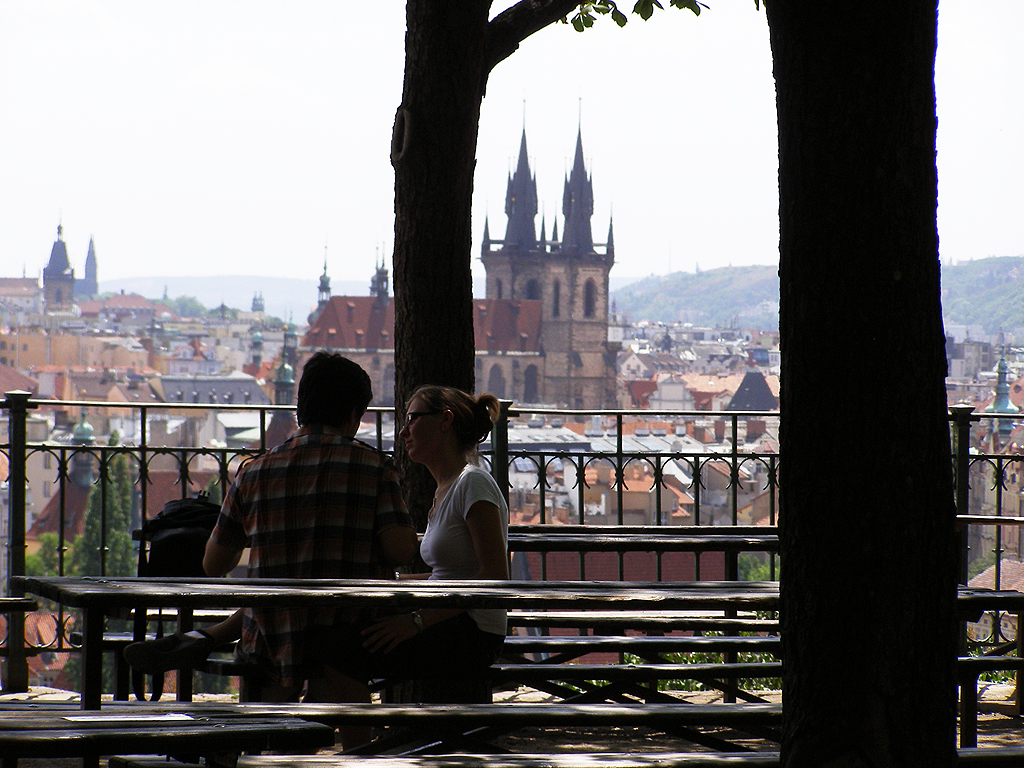






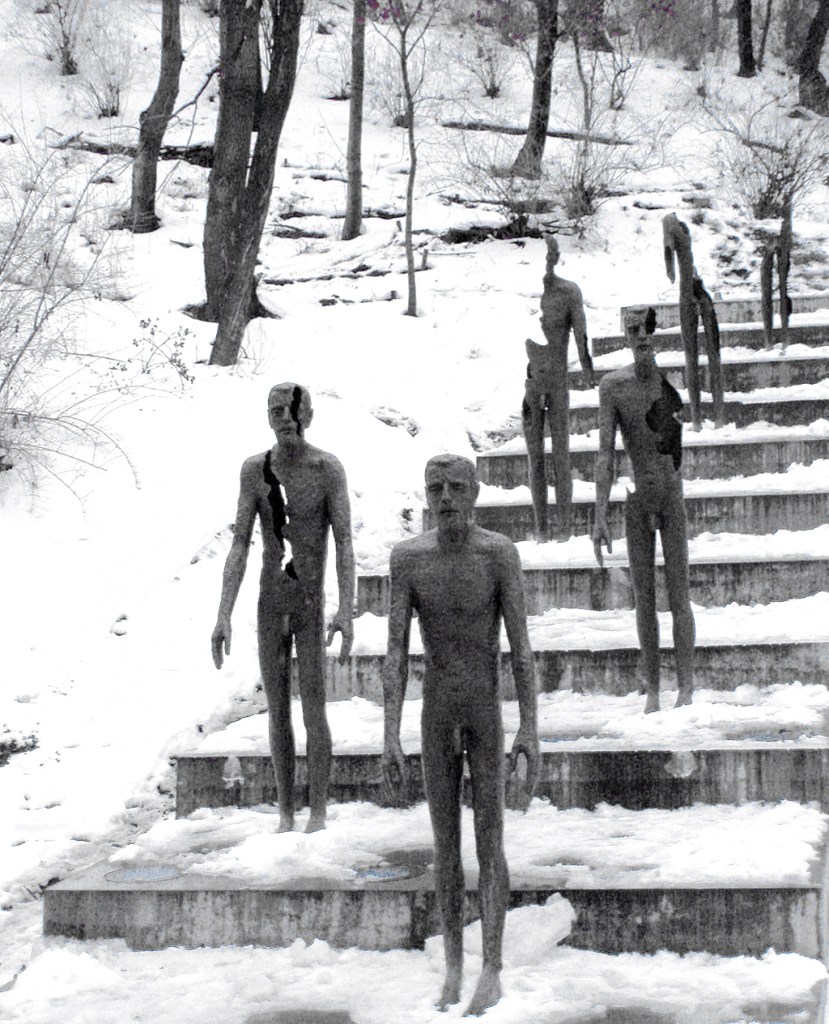
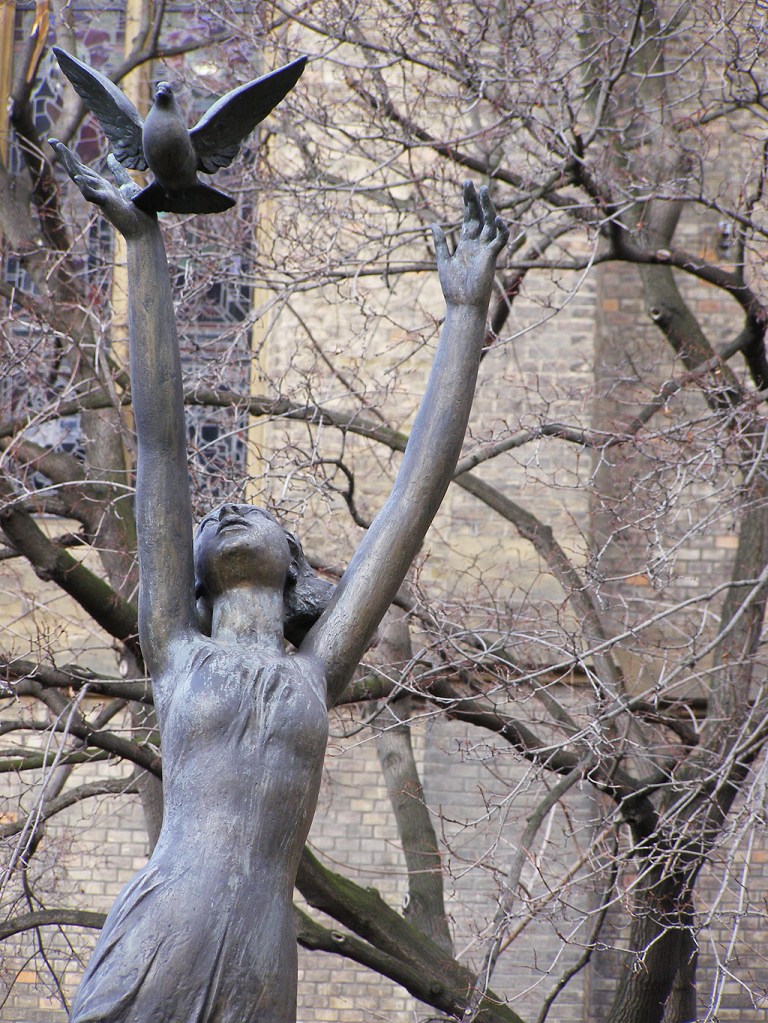
Prague’s enduring charm is owed in part to the fact that it was spared the bombings that leveled historic buildings in so many European cities. As the Germans marched through eastern Europe, and as political entities in western Europe negotiated away Czechoslovakia’s sovereignty, it became evident to the Czech government that they couldn’t win a military resistance against that relentless force, so they didn’t resist. The German occupation lasted until 1945, followed by decades of Soviet Communist rule. The buildings survived, but so many people did not. Fortunately for me and my family, all four of my grandparents fled Jewish pogroms from their eastern European countries to America in the 1890s.

A few more images to leave you on a more positive note:

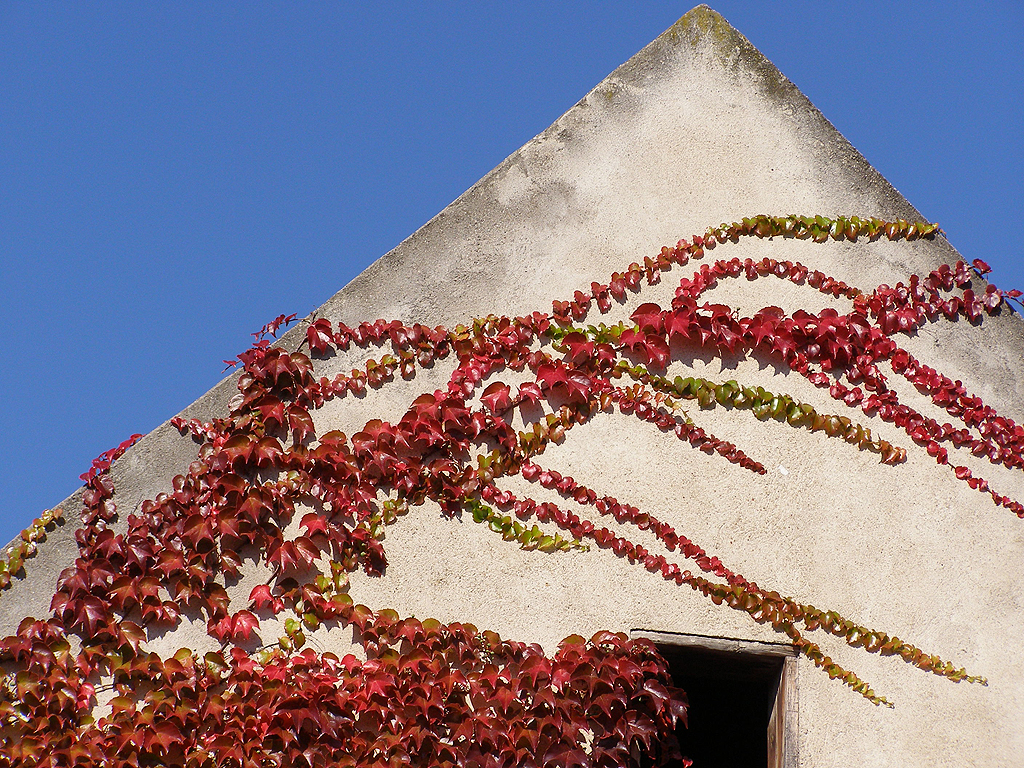
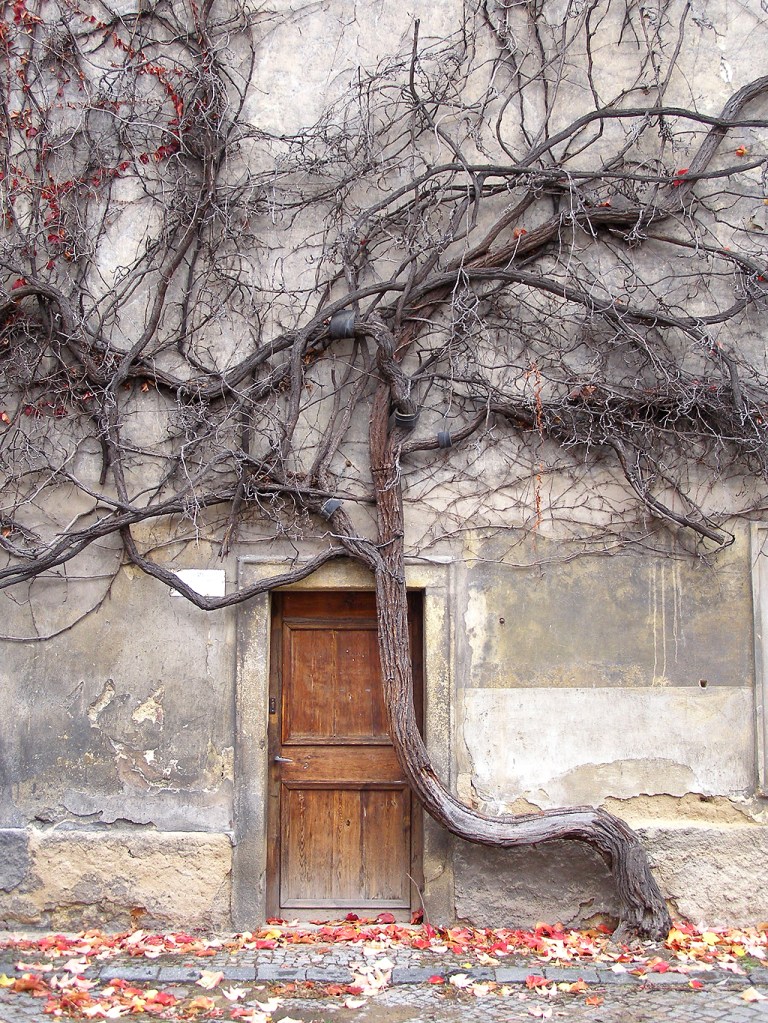

This piece, Zona Viva, and Fuchū, Japan are about places I lived when I was teaching abroad. This is an excerpt from my book, Go Wherever You Want (working title).
Please do not download or reproduce images from this site. ©
Your comments are welcome!
Popular posts/stats/categories
Email me at: Ruth@RuthRosenfeld.com
Follow me on: Facebook Instagram BlueSky Blog
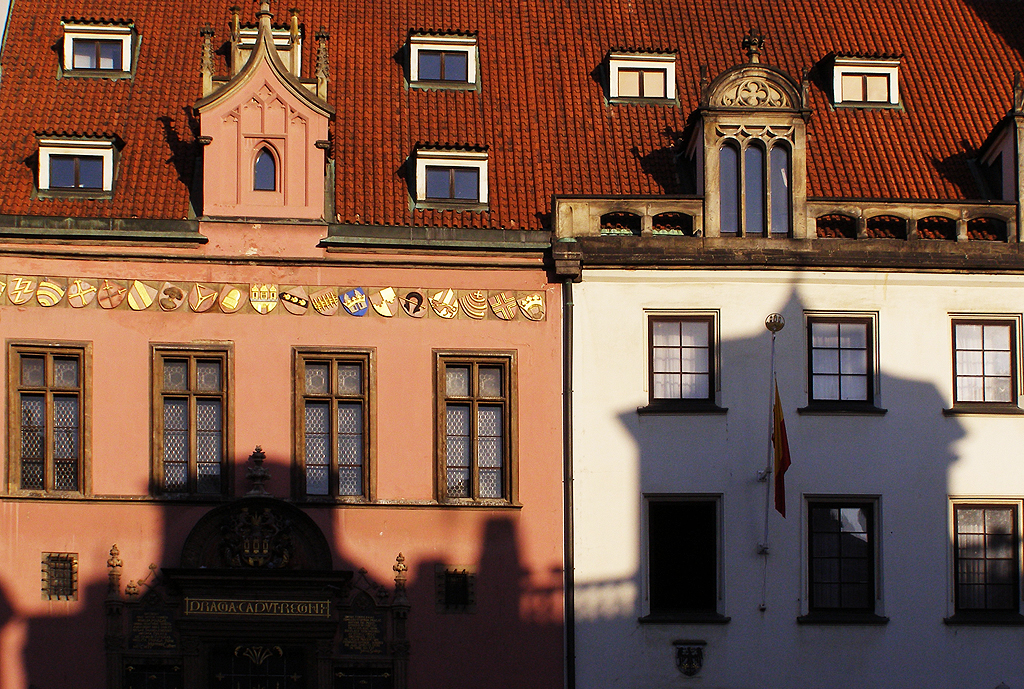
Your photos are gorgeous! The colors are so vibrant! Love the one with the reflection on the water. Hope to visit this country someday.
You really are inspiring the more I learn about your travels. 30 years ago, I volunteered at my child’s school to teach and ESL for the adult parents of migrant children enrolled at that school. It was such a wonderful experience even though my Spanish was no bueno. I wish I would have taken a course like the one you did.
Have a great day 🙂
LikeLiked by 1 person
Thanks so much, Michelle! Cool that you taught ESL to adults; conversation is the best way to learn. You might enjoy an early blog entry I wrote about teaching English to a Middle Eastern immigrant. Our lessons were cut short by covid unfortunately. https://ruthrosenfeld.com/2020/03/18/aloosh-doodee-and-foofah/
LikeLike
It was a learning experience, that is for sure. Yes, working with kids I think is easier than adults but thank goodness for universal hand gestures and faces that we made at each other. I even used to draw things that I could not express to them.
Yeah Covid and the many things it paused. Hopefully, you can or have resumed traveling and teaching. I look forward to checking out the blog post.
LikeLiked by 1 person
What a beautiful city Ruth. Just love the twilight shot under the bridge and the modern dancing building juxtaposed with the old architecture. Thanks for sharing. Have a great weekend. Allan
LikeLiked by 1 person
Thank you, Allan, for reading and commenting. I was bewitched by the sight under the bridge.
LikeLiked by 1 person
What beautiful descriptions of Prague to go along with your incredible pictures. I love Charles Bridge in the mist. I’ve only visited once but your story brought me right back to my time there. Maggie
LikeLiked by 2 people
It’s a romantic, charming city. Loved my two years there. Your comment is so appreciated.
LikeLiked by 1 person
I visited Prague twice, and despite some people calling it “over touristy,” it remains one of my favorite places I’ve visited in Europe. Central Europe, in general, has a piece of my heart, as it’s home to some of the most colorful, gorgeous architecture I’ve seen, along with hearty food and affordable prices for accommodation. I would return to Prague in a heartbeat; you’re so lucky to have taken courses there!
LikeLiked by 1 person
I lived there for two years and have been back to visit a Czech friend twice. The architecture and charm of the city never got old, but the food was not my favorite! I’m not a meat eater. Fortunately, there are a lot of Greek and Italian restaurants, influenced by the Mediterranean, not so far away. Thanks for your comment, Rebecca!
LikeLiked by 1 person
I love Prague. Your photos remind me how much I miss international travel.
LikeLiked by 1 person
I do too! I’m enjoying bringing back these stories and photos of past travels. Thanks for visiting, Krista!
LikeLike
Prague is a delightful city and your photos and wonderful descriptions capture her spirit and beauty. The tram at dusk is an excellent shot that made me stop and wonder what happened to the people captured in that singular moment, forever frozen. I’m curious about your book, Ruth. Is it something that you are currently progressing with, or a finished work?
LikeLiked by 2 people
Thanks for your comment and for asking about the book, Leighton. It’s finished and I’ve had a professional editor do a pass that helped me polish it. I’m looking for a literary agent, not an easy thing. I prefer to go the traditional publishing route if possible, rather than self-publish. But we’ll see. I do love that tram shot, people going about their day, I would guess.
LikeLiked by 1 person
Your photos and narrative remind me why I think Prague is Europe’s most beautiful city. I especially love the foggy Karlov Most photo. It reminds me of coming back rom a late night at a club just off the bridge. 😄 It would be so good to get back although late nights at clubs aren’t my thing these days.
LikeLiked by 1 person
Early on the morning of that bridge shot, I had no classes that day and when I looked out and saw the fog, I hustled out the door to get there before the sun came through. It was a moment I waited for! Thanks for your comment. I wonder if those clubs have survived the pandemic, doubtful.
LikeLiked by 1 person
We were there for about 4 days many years ago, but I’d like to return (and see more of the Czech Republic while I’m at it). Your photos are beautiful, especially the gnarled tree against the building with the lone door.
LikeLiked by 1 person
Thanks for your comment. It’s one of the most picturesque cities, for sure. That photo was taken at Strahov monastery, not a big tourist spot, but I have several interesting ones from there.
LikeLiked by 1 person
Thanks for these nice impressions of Prague.
LikeLiked by 1 person
I appreciate your reading and comments, Rudi!
LikeLike
I love cities that are a vital part of history, such as Prague.
LikeLiked by 1 person
History is etched into Prague’s streets and buildings, another story in every setting. Thanks for your comment.
LikeLiked by 1 person
Beautifully captured photos!
LikeLiked by 1 person
Thanks for visiting, Mrs W!
LikeLike
I think this must be my favorite post of yours. The description is wonderful and the photos are breathtaking. Great. . . . now I need to to go to Prague.
LikeLiked by 1 person
Here’s another one for your growing list. Thanks so much, Virginia.
LikeLike
Very descriptive and nice captures! Thanks for the great tour!!
LikeLiked by 1 person
Thanks for coming along, Jyothi!
LikeLiked by 1 person
Prague is such a beautiful city and is very walkable. This brings back such fond memories of when we visited a few years ago. How neat to experience it through the different seasons.
LikeLiked by 1 person
Winter wasn’t my favorite time of year, but fall and spring there is enchanting. Thanks for visiting!
LikeLiked by 1 person
What a wonderful place to live in for a while – it’s so beautiful. I particularly love Charles Bridge in the mist.
LikeLiked by 2 people
Thanks, Hannah! Yes it was a wonderful opportunity. That’s my favorite photo also, a mysterious and magical moment. I’ve been back a couple of times to visit a Czech friend I made there.
LikeLiked by 1 person
What a beautiful article! I have visited Prague twice already and now I have gone there for the third time with you
Thank you!
LikeLiked by 1 person
Thanks for coming along, Luisa!
LikeLiked by 1 person
Wonderful post on Prague, Ruth. What an adventure you had. Your images are excellent, the foggy Charles Bridge, the shadows on the colorful buildings, the overhead of the the crowd of people, under the bridge reflections. You have a keen eye- enjoyed them all. 🙂 We loved our trip to Eastern Europe and these stunning cities with rich history.
LikeLiked by 1 person
Thank you, Jane, for your comment. I’m glad you enjoyed the images, it’s a delight to share them.
LikeLiked by 1 person
Wow, what a wonderful city … and such beautiful photo’s. I like the one of the bridge in twilight and those amazing clocks. You’ve really captured a great selection of the beauty of this city 😊.
LikeLiked by 1 person
Thanks so much for your visit and comment. It’s a picturesque city.
LikeLiked by 1 person
What a beautiful hymn of praise to Prague! I visited back in the Communist era (1979 to be precise) and was charmed by the architecture too, despite the privations caused by the regime. But I have never been back, fearing it ‘spoiled’ by over-tourism these days. You’ve reminded me of its delights and made me wonder if I should after all try a return visit?
LikeLiked by 1 person
There are tourists (almost) everywhere these days. I’m sure it’s different but culture is flourishing – symphonies, art, contemporary museums and galleries. And puppetry, a traditional art form. One of my closest friends ever is a Czech woman I met there who makes clothing for unique marionettes.
LikeLiked by 1 person
You’re right of course – if a city is worth visiting other people will be visiting it too! I do love to go to cities where culture is a significant feature, and the puppetry sounds fascinating!
LikeLiked by 1 person
Ruth, this is a fascinating and evocative post, so full of incisive detail. I spent just a few days in Prague around the same time and fell in love with the city yet for some reason have not yet returned. Absolutely love your atmospheric photo of the Charles Bridge, what a terrific shot. Michaela and I have studied many stories of Jewish history (it’s not our faith but we are always absorbed by the histories despite the horrors) on our travels, including our most in-depth learning at Krakow. Our upcoming Greece trip starts at Thessaloniki, yet another city with a sad history of persecution. This great post evoked memories of both that trip to Prague and all we have learned about that deplorable history of Mankind. Great read, superb photos.
LikeLiked by 1 person
Phil, I so appreciate your taking the time to read and respond. I spent two years in Prague and have been back to visit a dear Czech friend I met there a couple more times. Kudos to you and Michaela for making education part of your travels. There was an exhibit years ago in Krakow when I visited that left me in tears. Looking forward to following you on your Greece journey!
LikeLiked by 1 person
Krakow left us tearful too, and joyous as well, celebrating Jewish culture down in Kazimierz, so close to …. well, you know.
LikeLiked by 1 person
Yes, thanks for the reminder – I stayed in Kazimierz and actually ate at a traditional Jewish restaurant. It was the only place I have visited where that quarter was not just an empty museum, there was a nightlife there, something to celebrate.
LikeLiked by 1 person
That was exactly what we loved (if that’s the right word). The opportunity to celebrate Jewish culture, food and music, in that place, of all places. We felt privileged to have that experience.
LikeLiked by 1 person
Love the bnw of bridge
LikeLiked by 1 person
Thanks, Beth!
LikeLike
Your description makes for an amazing image in my mind of Prague, even though I’ve never been (but always wanted to). I may have missed it in the post, but how long did you end up living in Prague? You mentioned the month-long school, but I’m assuming you stayed longer to teach. My husband and I have thrown the idea around of doing something similar once we retire in 7 years, but neither of us knows that much about it. Any insights?
LikeLiked by 1 person
I was in Prague teaching for 2 years, before that in Guatemala for 3 years, and after for 3 years in Japan. I encourage you – it’s a great experience and a rewarding and interesting way to travel. Send me an email address and I’ll send you more information.
LikeLiked by 1 person
Great to hear, and I absolutely will! Thanks in advance for the information!
LikeLiked by 1 person
This was such a delight. I have long wanted to go to Prague and your description and gorgeous photos confirm for me that I will love it. Your photo of the bridge in the mist is fabulous, and that Tyn church really is something else!
Alison
LikeLiked by 1 person
Thank you, Alison, you would certainly enjoy a visit to Prague. The Tyn church looks so foreboding, doesn’t it? An inspiration for many a dark movie, I suspect!
LikeLiked by 1 person
What an amazing experience. Prague has always been on my bucket list of places to see. Your eloquent description and photos of the time you spent there confirms my desire to go.
LikeLiked by 1 person
Thanks so much for your kind comment! It’s a charming, picturesque city, for sure.
LikeLike
I am just green with envy that you lived in Prague! My husband has visited Prague (and loved it) but not me, yet. My favorite shot is of the misty bridge but also loved the perspective from above with the umbrellas. We moved away from Europe almost 20 years ago and eastern Europe was just opening up. How quickly some of us forget about the cold war, refugees and the sacrifices that people made for freedom. I am utterly shocked that many of the US States do not teach the Holocaust, as part of history, to school children – no wonder some idiots think it was a hoax. All holocausts should be required reading at schools.
LikeLiked by 1 person
Unfortunately school boards and local and state governments are political entities and hide what they want. True about slavery and native stories as well.
LikeLiked by 1 person
Beautiful words and pictures… Thank you.
LikeLiked by 1 person
Thanks for reading and your comment, Stephen!
LikeLike
I love your wonderful photos of Prague, especially the one of Charles Bridge studded in a veil of mist. It’s where my next-door neighbour is from and over the last three years, ever since he moved in with his family, I’ve had a chance to learn quite a lot about the city from the local’s perspective. I hope you made amazing memories living and teaching in Prague. Thanks for sharing and have a nice day 🙂 Aiva xx
LikeLiked by 1 person
Prague is a lovely city – the architecture and the romantic streets are everywhere. The one of the Charles Bridge in fog was an early morning opportunity and one of my favorites as well. Thanks for coming along!
LikeLiked by 1 person
🤗🤗🤗
LikeLike